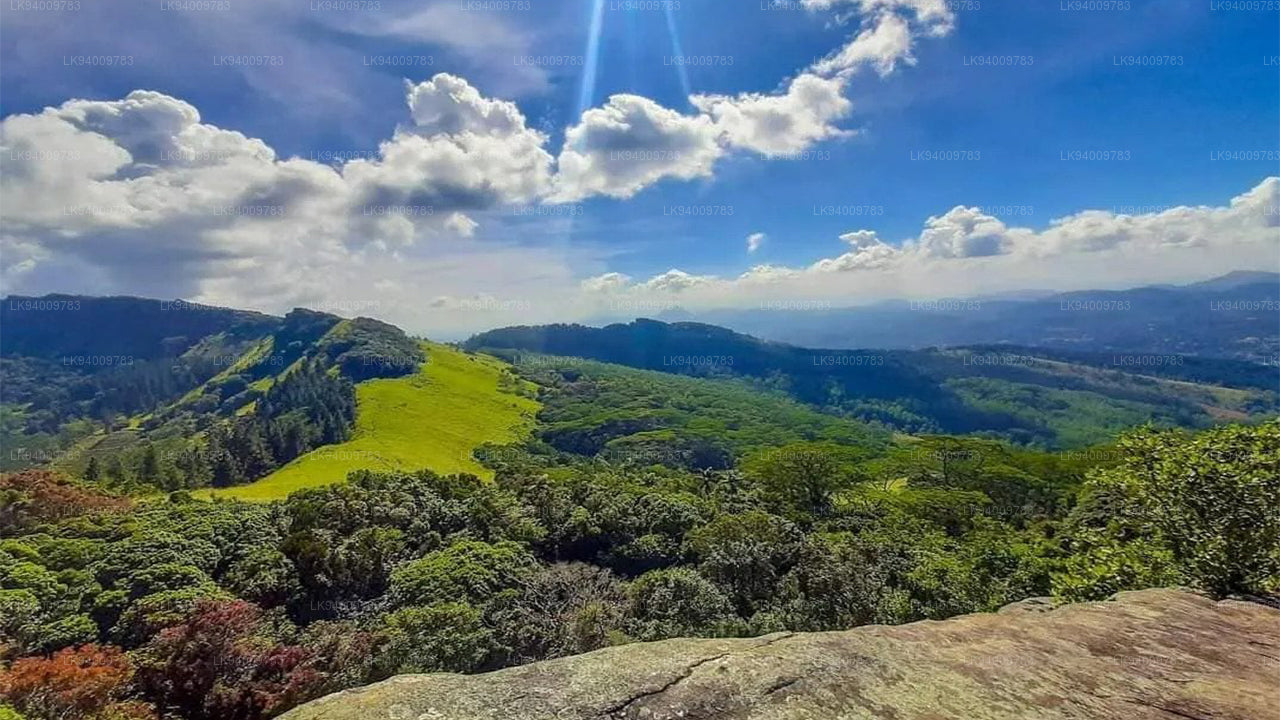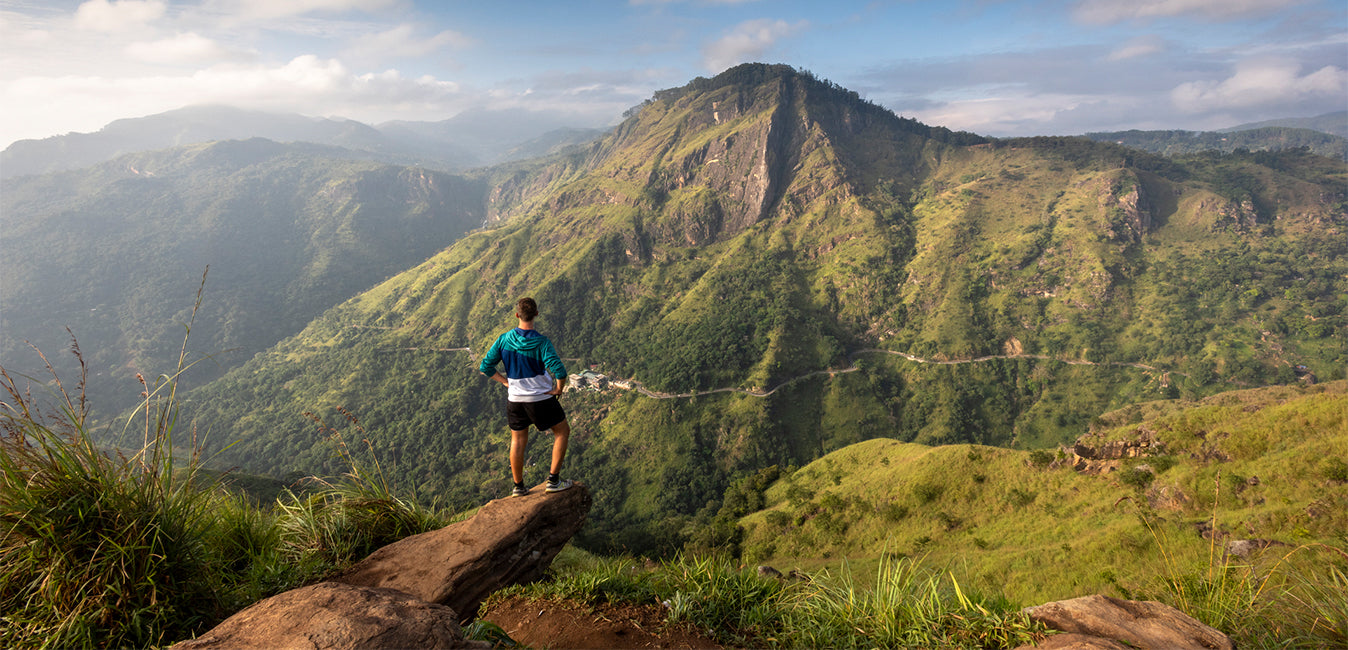
Mountains
There are numerous mountains in Sri Lanka that not only takes away the breath of travelers but also satiate the thirst of adventure amidst the thrill seekers. Take a look at this list of top mountains that one should definitely conquer when traveling to the Pearl of the Indian Ocean, Sri Lanka.
Knuckles Mountain Range
Knuckles range also called Dumbara mountain range is located off Kandy, in the northern end of Central Highlands of of Sri Lanka. To the south and east of the mountain range is Mahaweli river basin while to the west are Matale plains.
Access to Knuckles Range
The trekkers’ favorite approach to Knuckles ranges begins on A26 main motor way running east of Kandy to Hunnsgiriya. At Hunnasiriya, B grade road leads to the Corbett’s Gap which opens up magnificent views of Knuckles range. From Corbett’s Gap the road that leads to the village of Meemure too can be travelled by a vehicle having good ground clearance.
The trekkers also have options in two more entry roads: from Matale via Rattota and Riversten; from Wattegama via Panwila. The rugged peaks of the Knuckles (Dumbara Hills) named by the British for their resemblance to the knuckles of a clenched fist. The steeply shelving mountain terrain reaches 1863 m the summit of the main Knuckles peak itself (the sixth highest in Sri Lanka) and included stand of rare dwarf cloud forest.
Trekking at Knuckles Range
The Knuckles range is one of the loveliest nature attractions of Sri Lanka. The changing terrain of grasslands, rugged mountain peaks interspersed with streams and cascading waterfalls make Knuckles mountain range that covers an area of 18512 hectares the trekker’s paradise.
Knuckles mountain range, a World heritage Conservation Area that affords intriguing trekking possibilities, is still to a greater extent untouched zone of significant natural beauty and biodiversity. The serious trekkers and biodiversity enthusiasts would even take up a three day hike of 40 plus km trek with a guide.
Popular hiking trails are Mini world’s end from Deanston; Trail to Dothalugala from Deanston; Trail to Nitro Caves from Corbtt’s Gap; Trail to Augallena cave via Thangappuwa from Corbett’s Gap; Trail to Kalupahana from “Meemure” village.
Mini World’s End at Knuckles Range
Mini World’s end (1192m) is an escarpment situated at the southern end of the Knuckles range is a fine observation point in the Knuckles range. From this location, the panoramic view of the knuckles range and some of the villages situated in the foot hills of knuckles can be seen. The trek of 1.1 km that begins at Knuckles Conservation Centre (KCC) – Deanston is done within one hour.
Mountain Peaks at Knuckles Range
Knuckles mountain range features 34 peaks ranging in height between 1900 meters and 900 meters. Five high moun
-
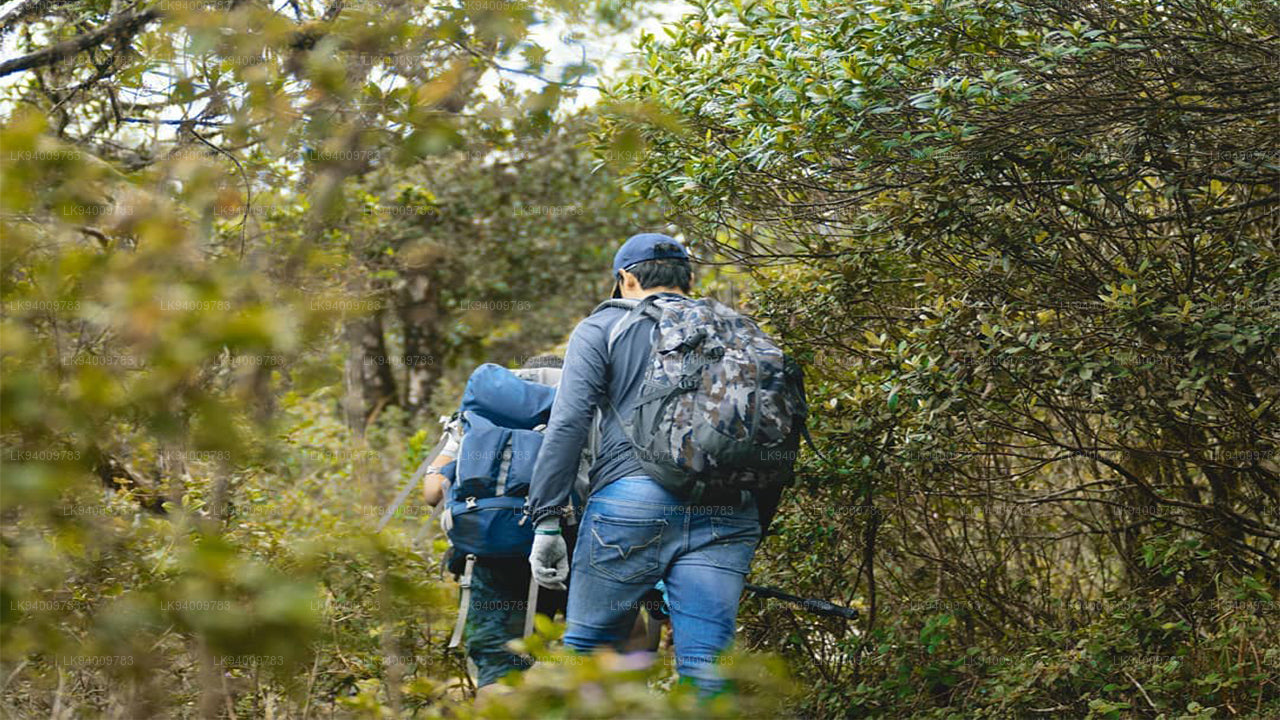 Pidurutalagala
PidurutalagalaPidurutalagala or Mount Pedro in English, is an ultra prominent peak, and the tallest mountain in Sri Lanka, at 2,524 m (8,281 ft). Mount Pedro is located close to the city of Nuwara Eliya, and is easily visible from most areas of the Central Province. It is situated North-North-East from the town of Nuwara Eliya.
-
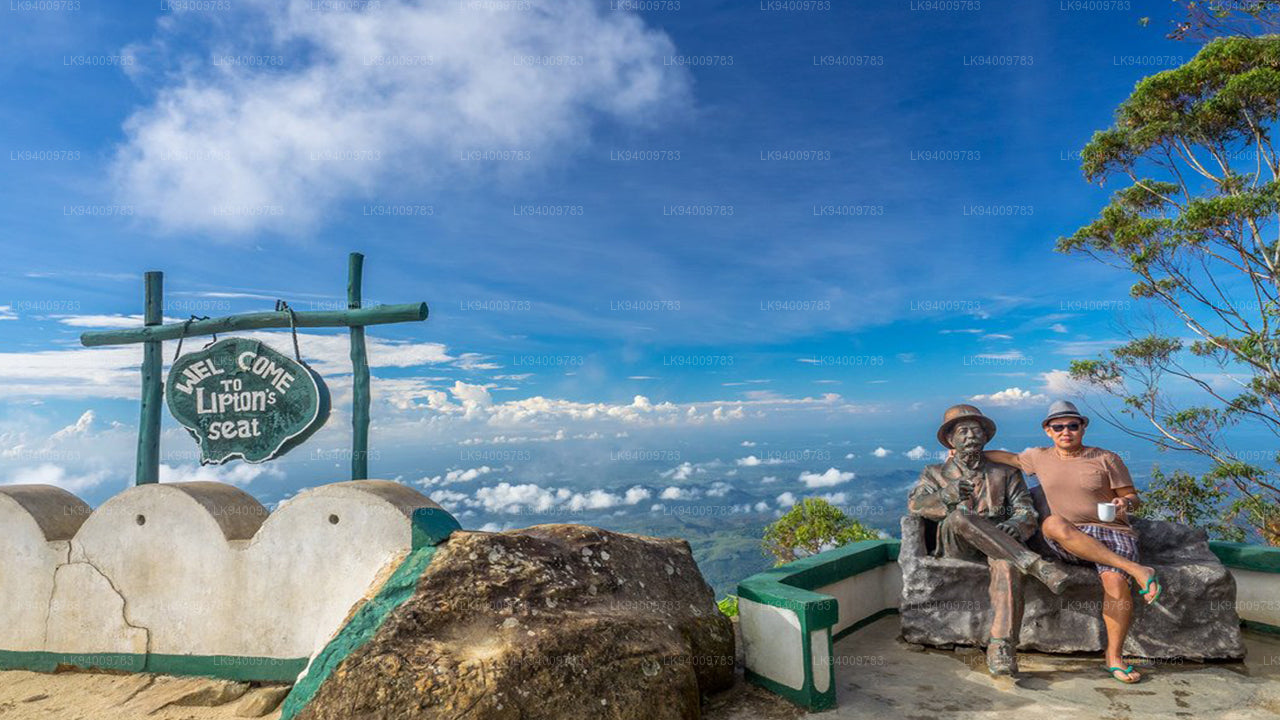 Lipton's Seat
Lipton's SeatLipton’s Seat is a high observation point in the hills of Poonagala. Located on the top of the town’s namesake, Poonagala Hill, it is also near the Dambatenne Tea Factory. Lipton’s Seat is so named because the famed Scottish baron and tea planter Sir Thomas Lipton used it as the seat to survey his empire in a time long gone but not forgotten.
-
 Little Adam’s Peak
Little Adam’s PeakDon’t defiance the beautiful tourism site in Sri Lanka, Little Adams Peak whether considering the word ‘Little’, it is named after the sacred Adams Peak (Sri Pada –where the foot print of Lord Buddha is preserved) regarding the similarity between the two mountains.
-
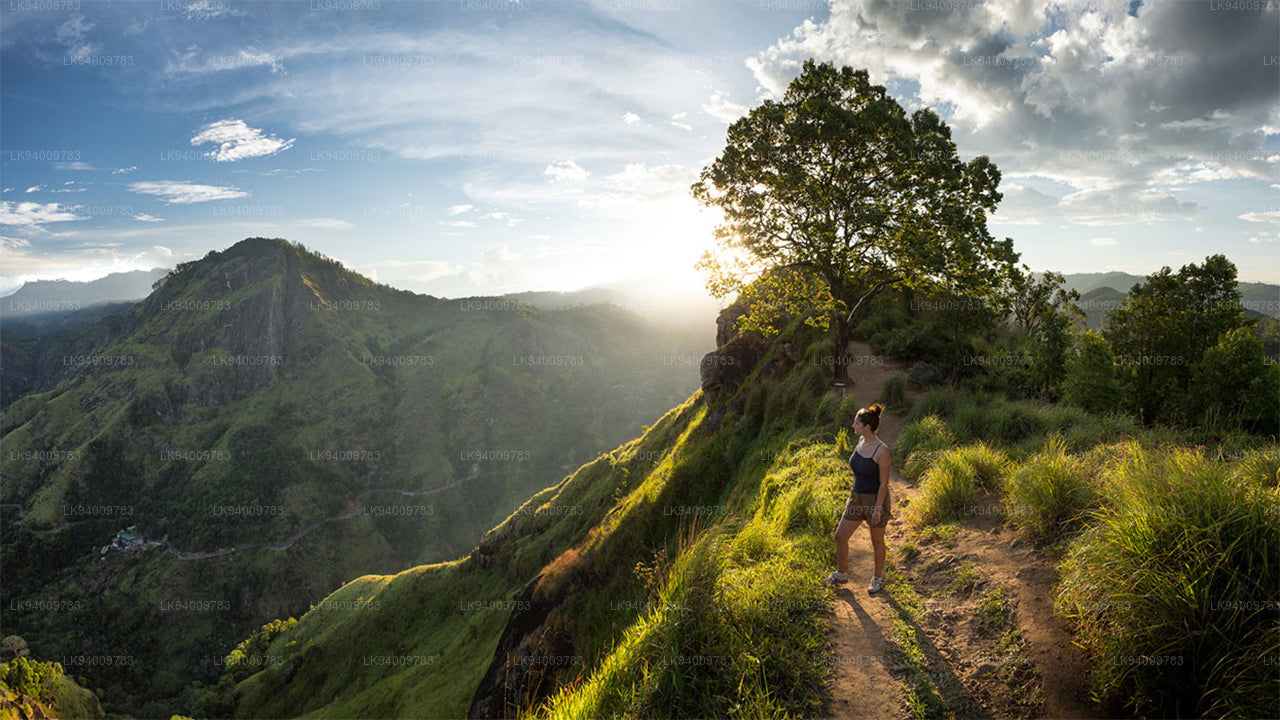 Ritigala
RitigalaRitigala can be reached from the turn-off from Habarana-Anuradhapura Road at a distance of 12 km from Habarana. Another 5 km along a graveled yet motorable road leads to the foot of the mountain.
-
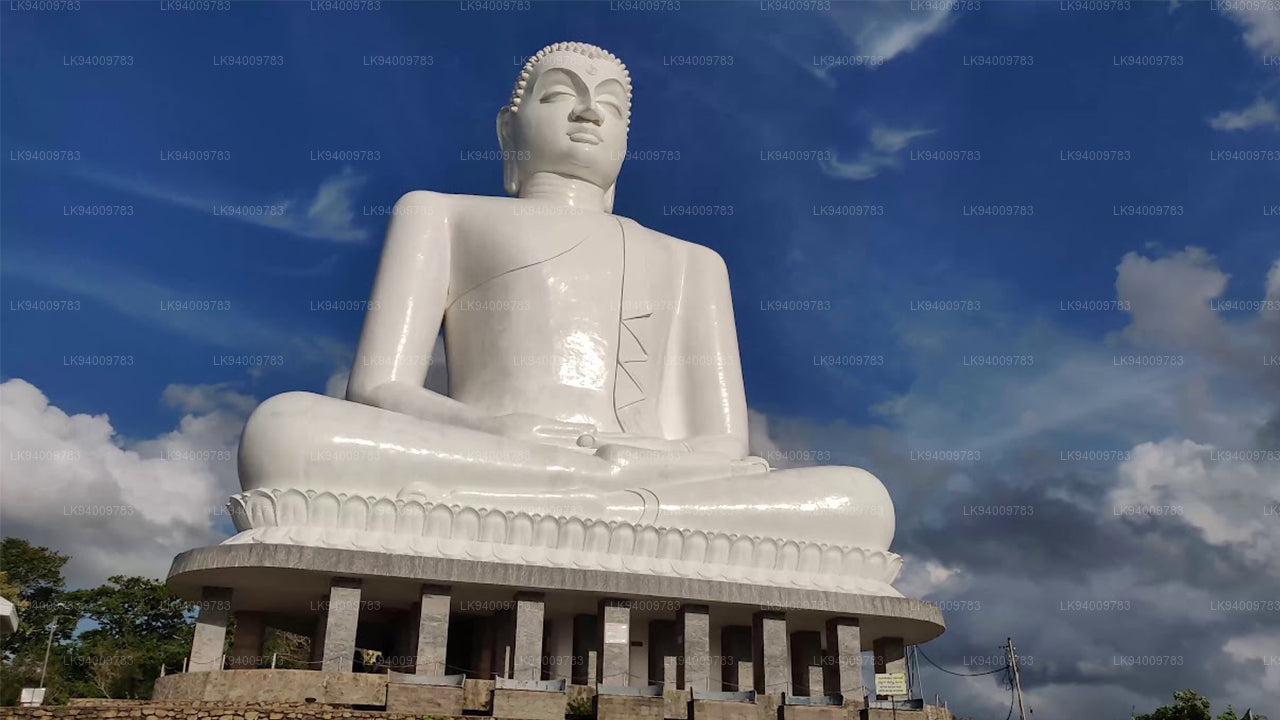 Ethagala (Elephnat Rock)
Ethagala (Elephnat Rock)Ethagala (the Elephant Rock) is one of seven rocks that overlook the town of Kurunegala, in Sri Lanka. The rock face reaches 316 metres (1,037 ft) over the town and in its shape resembles a crouching elephant, which explains the rock’s name.
-
 Rumasalla Mountain
Rumasalla MountainRumasalla Mountain. In the past, Rumassala was known as Buono Vista, a name that dates back to the colonial period, and most likely a corruption.
-
 Knuckles Range
Knuckles RangeKnuckles range also called Dumbara mountain range is located off Kandy, in the northern end of Central Highlands of Sri Lanka. To the south and east of the mountain range is Mahaweli river basin while to the west are Matale plains.
-
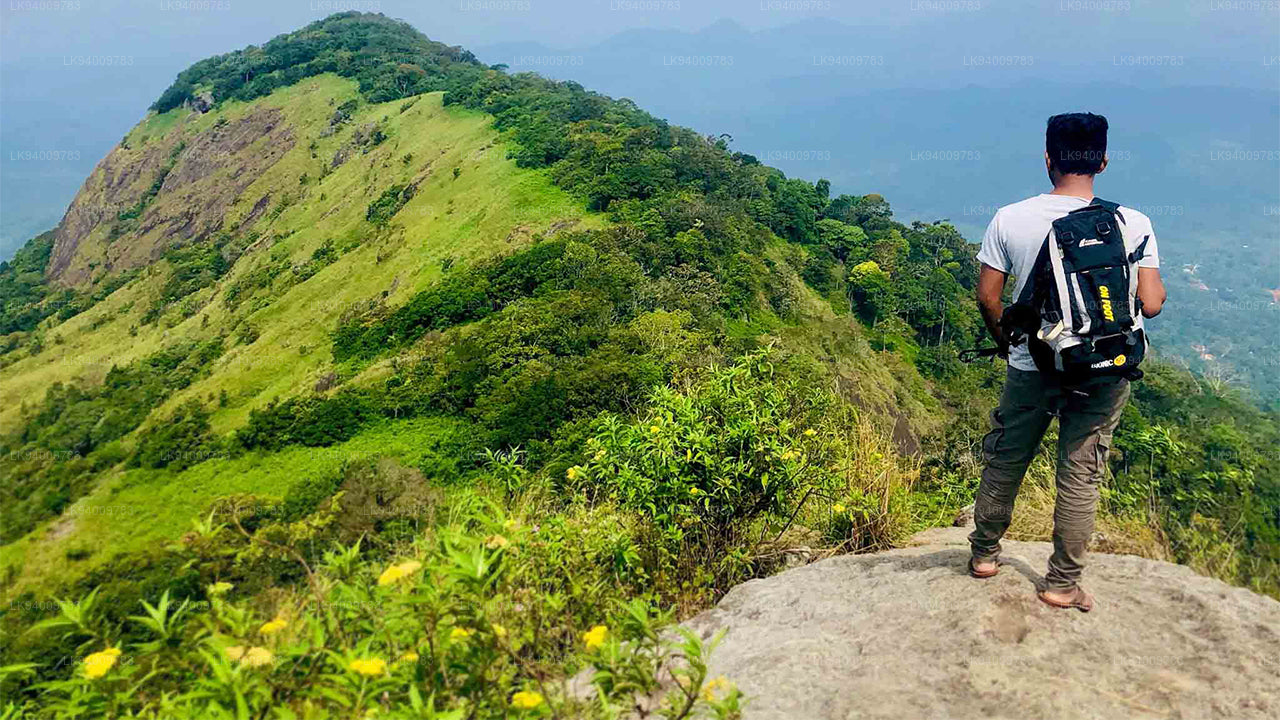 Alagalla Mountain Range
Alagalla Mountain RangeAlagalla Mountain Range. Alagalla Mountain Range or “Potato Range” is situated at the boundaries of the Central and Sabaragamuwa Provinces in Sri Lanka.
-
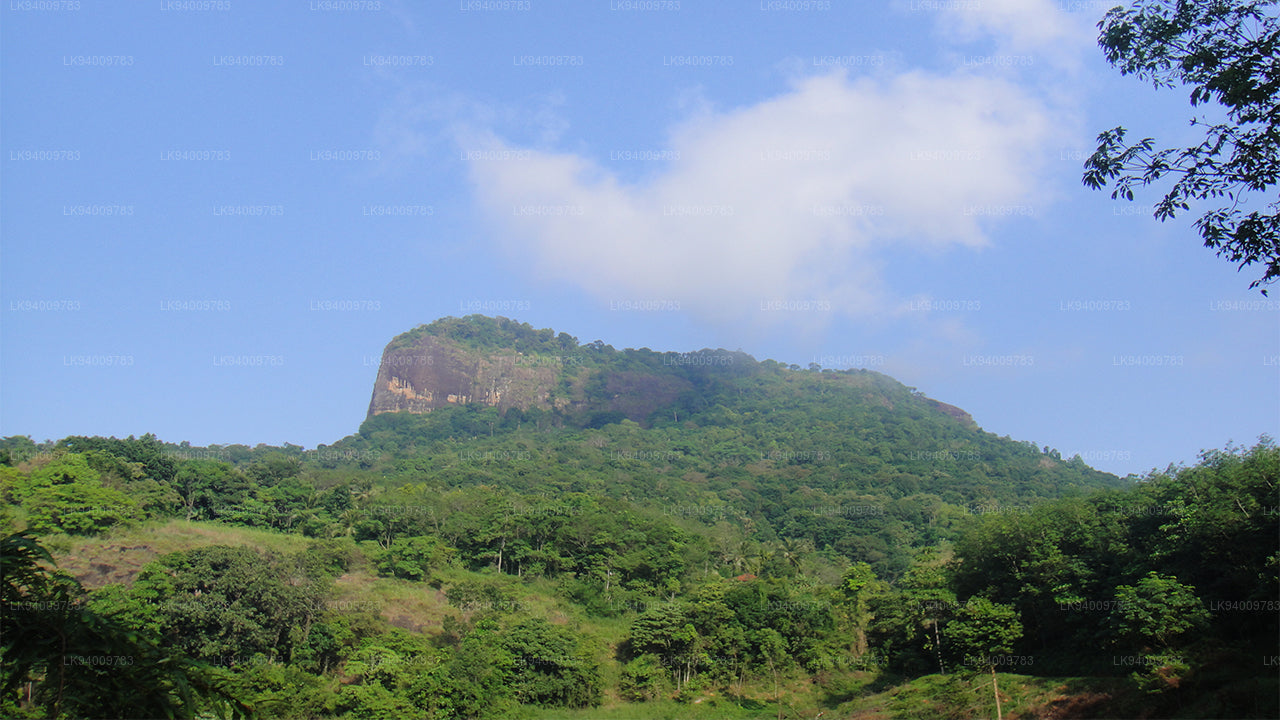 Bible Rock
Bible RockBible Rock is a mountain near Aranayake in Kegalle District in central Sri Lanka. It is known as the “Bible Rock” as its surface resembles.
-
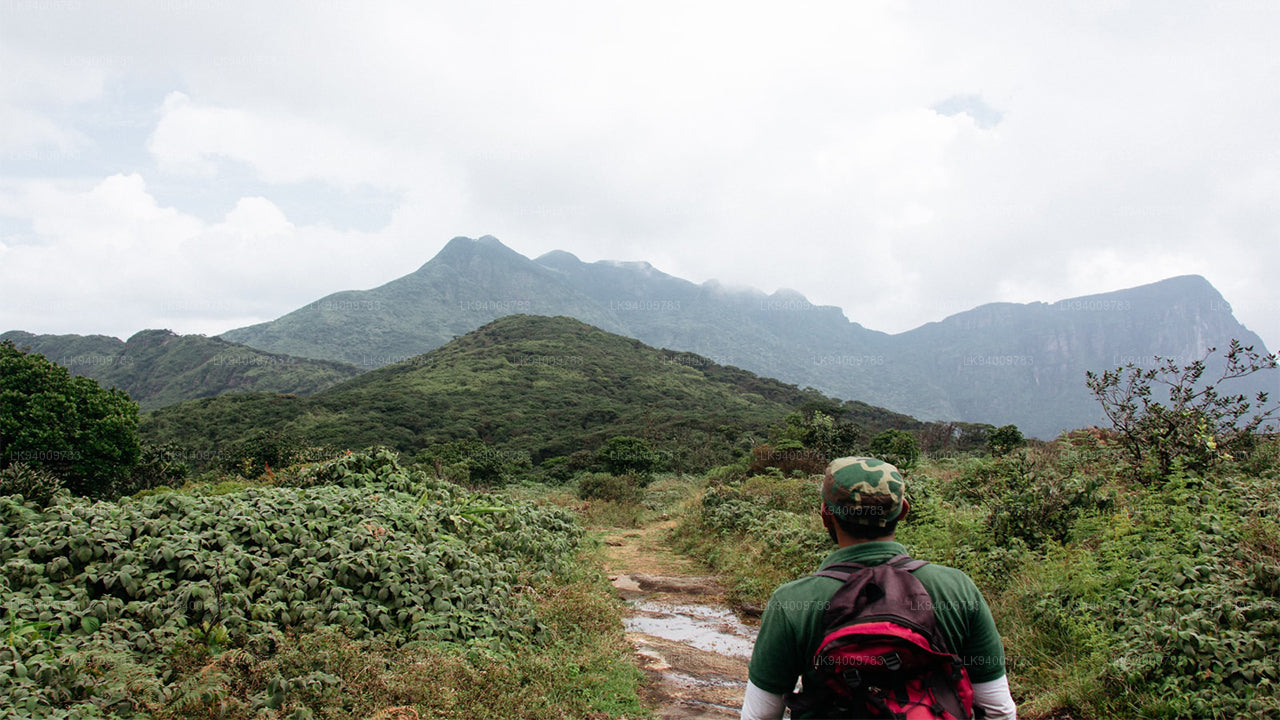 Monkey Mountain
Monkey MountainMonkey Mountain. The Gal Oya area is resplendent with forest and lush with vegetation. Totally off-the-beaten-track and off-limits during the war, the area has avoided much development and the landscape is mostly unspoiled.
-
 Yahangala
YahangalaThe great King Ravana’s body was kept after his death upon this rock called Yahangala( bedrock), for his countrymen to pay their last respects to their dear departed king.













